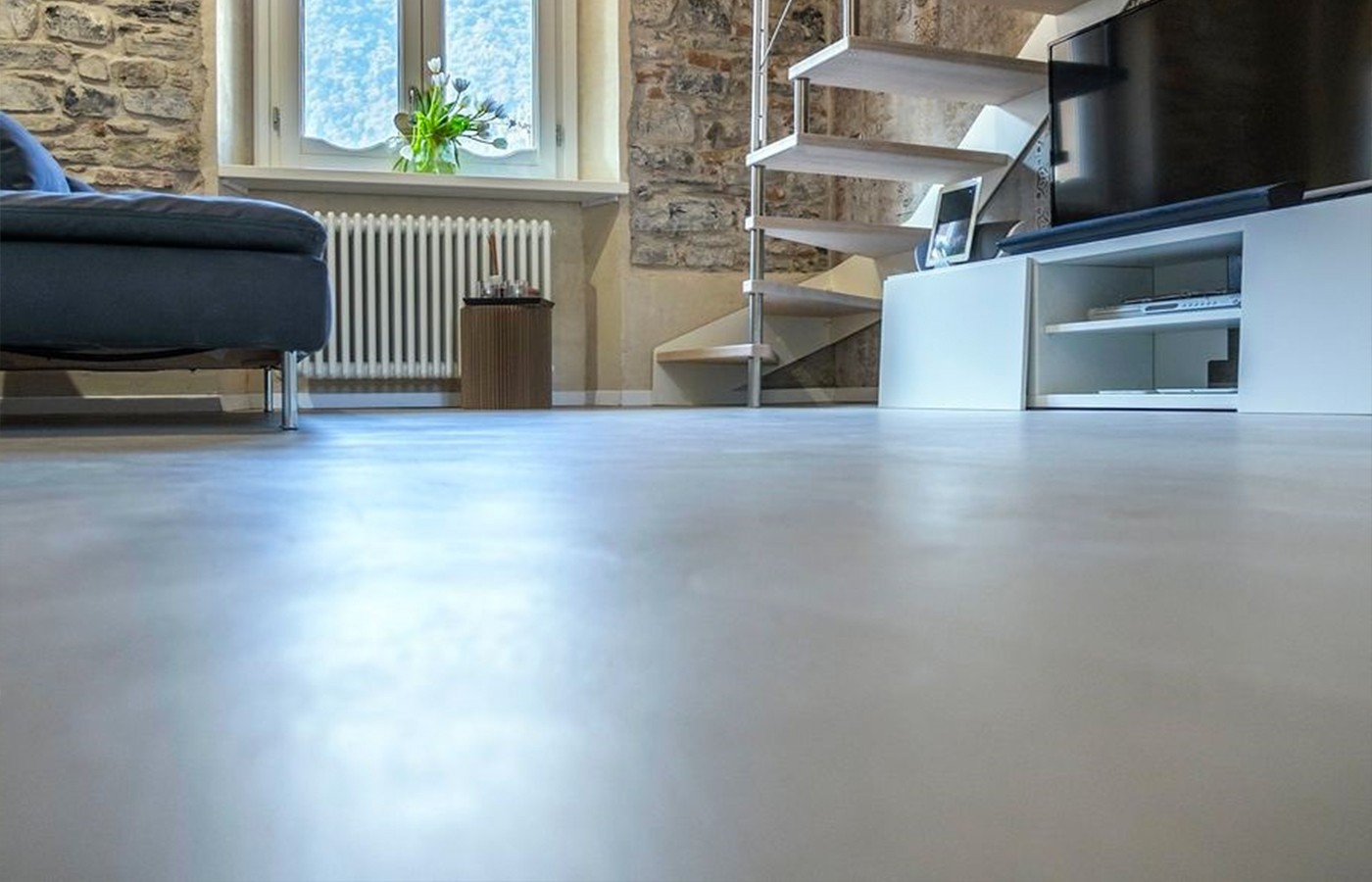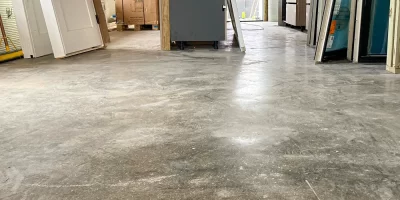Wet or dry polishing of concrete: which is better? It could be said that there is no definitive answer, because in most cases you have to study it carefully to see which method is most effective as each has its own characteristics.
For example, industrial buildings in which drinks or food are produced are required by law to polish the concrete wet , because dust cannot be produced to avoid contamination, which causes dry concrete polishing.
However, as we have said before, the choice between one or the other method depends on the location, the environment, the level of performance expected from the soil, when it is performed and many other factors.
There are situations in which you cannot choose between one or the other, you have to do both: first dry and then wet. Also in this way excellent results are obtained.
And which method is healthier?
Definitely wet polishing, although it is said that removing sludge or residue is more complicated (which we seriously question), it is much healthier for workers.
Wet polishing avoids a very big problem for the health of employees: silicosis, a lung disease caused by inhaling silica dust.
Polishing concrete with wet floors is much healthier for technicians.
Wet polishing eliminates the generation of dust clouds, keeping the dust at ground level. Despite the best vacuum cleaners used to vacuum up dust, employees can still have a good chance of vacuuming up the dust if we decide to dry-polish concrete.
Employers must offer their employees masks and other protective equipment on this type of work.
The procedure consists in pouring water on the floor and, subsequently, sand and polish the surface with a sander.
Of course, every concrete polishing professional has their own methods and we won’t discuss them.
We have years of experience in the industry and have always achieved good results. Many well-known companies have trusted us.
Conclusion
The result obtained from the dry polishing of concrete does not differ much from that obtained wet.
They use similar procedures and discs, but there are important details and, we hope we have clarified in this article, dry grinding of concrete is much more harmful to health, view the amount of dust that the operator can suck up while working when doing it completely without water, dry.
However, depending on the context, dry polishing may be appropriate. Each has its own characteristics, advantages and disadvantages. You just have to know when to apply one or the other.
But ultimately, we look at more drawbacks of dry-polished concrete than its possible benefits.
All about concrete floors
The concrete floors are very resistant, they are very easy to maintain, you have different types to choose from, the industrial style offers all the…
How much do polished concrete floors cost?
When you think of concrete floors, you might imagine those dull gray slabs in deserted warehouse spaces or those seen in home improvement stores. Cold…
Reasons to choose a continuous decorative floor
In the construction sector, coatings are one of the elements that have experienced the greatest innovation in recent years. It is worth highlighting the latest…




